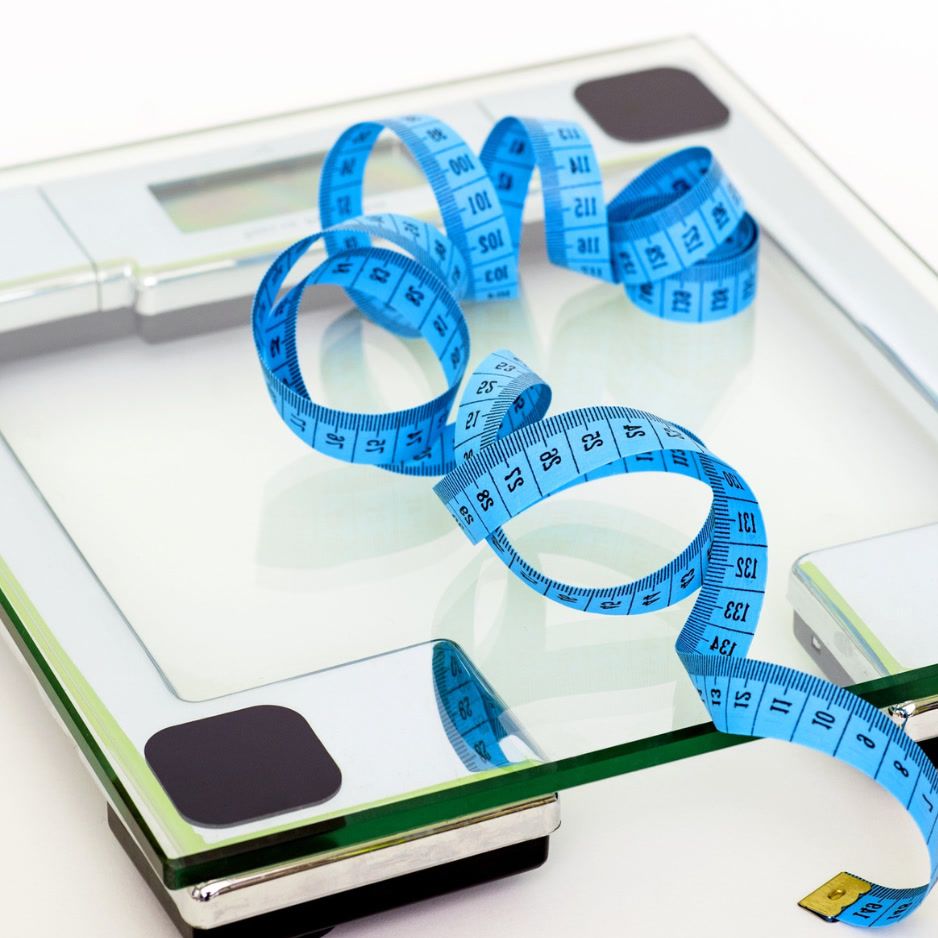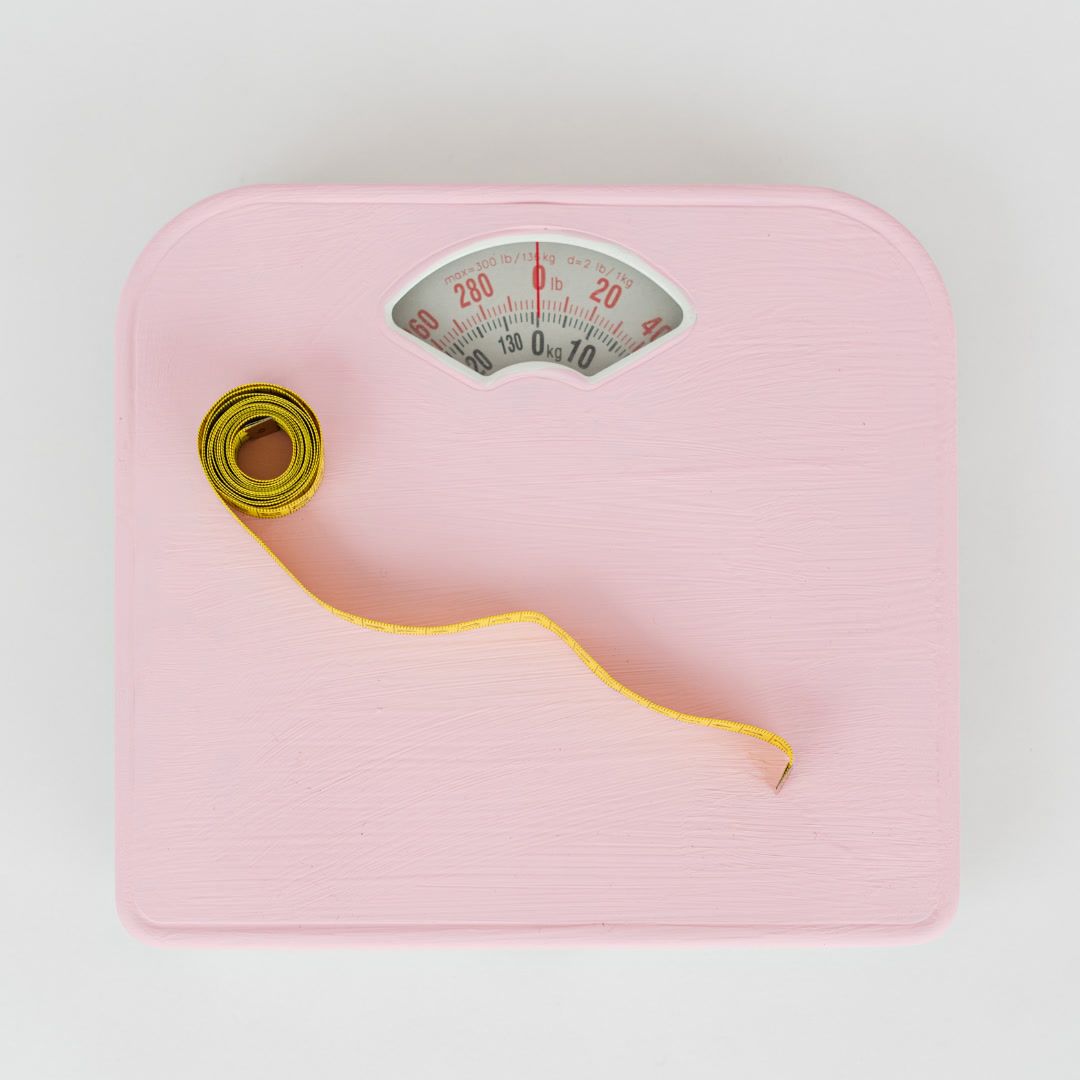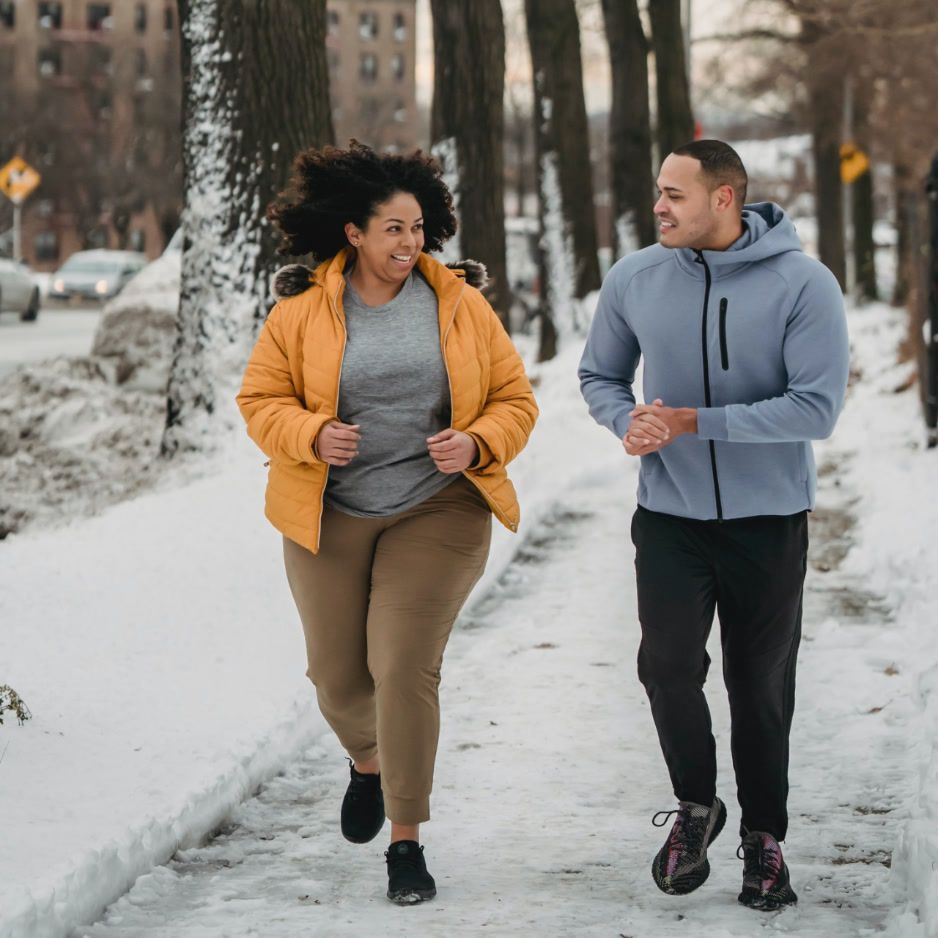Walking After Eating: Benefits, Timing, and Best Practices

Walking After Eating: Benefits, Timing & Best Practices
Ever feel the post-meal slump creeping in? Instead of succumbing to post-meal lethargy, a short walk might be the simplest health upgrade you can make today. Research shows that even two minutes of light strolling right after eating can lower blood sugar spikes (NCBI News). But how soon should you walk, for how long, and what if you’re managing conditions like diabetes or joint pain? This comprehensive guide breaks down the evidence, offers step-by-step routines, and introduces practical tips so you can tailor post-meal walks to your lifestyle.
Why Consider a Post-Meal Walk?
How Muscles Tame Post-Meal Glucose
When you eat, carbohydrates are broken down into glucose that enters your bloodstream. In response, insulin ushers that glucose into cells for energy. If glucose piles up—whether because of a large meal, insulin resistance, or inactivity—your pancreas has to work overtime and long-term health risks rise.
Walking activates large leg muscles that act as glucose “sponges,” directly absorbing glucose from the bloodstream through insulin-independent pathways. The result? Smaller glucose peaks and steadier energy (Cleveland Clinic).
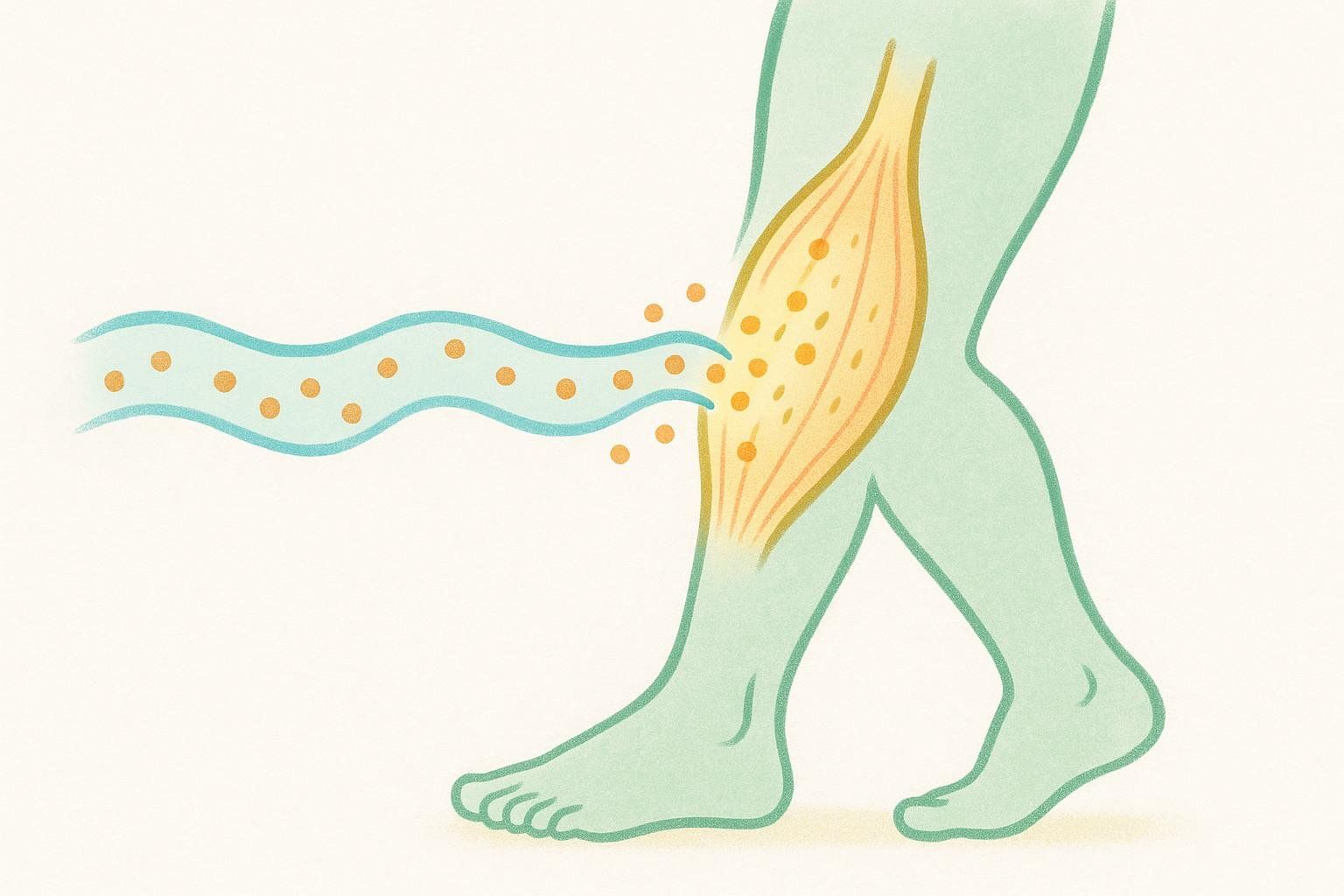
Stimulates Digestion
Light walking also boosts gut motility, helping food move through your digestive tract more efficiently. A clinical study found that a 10- to 15-minute post-meal walk significantly reduced bloating and abdominal discomfort by promoting gas transit and peristalsis (Journal of Gastrointestinal & Liver Diseases).
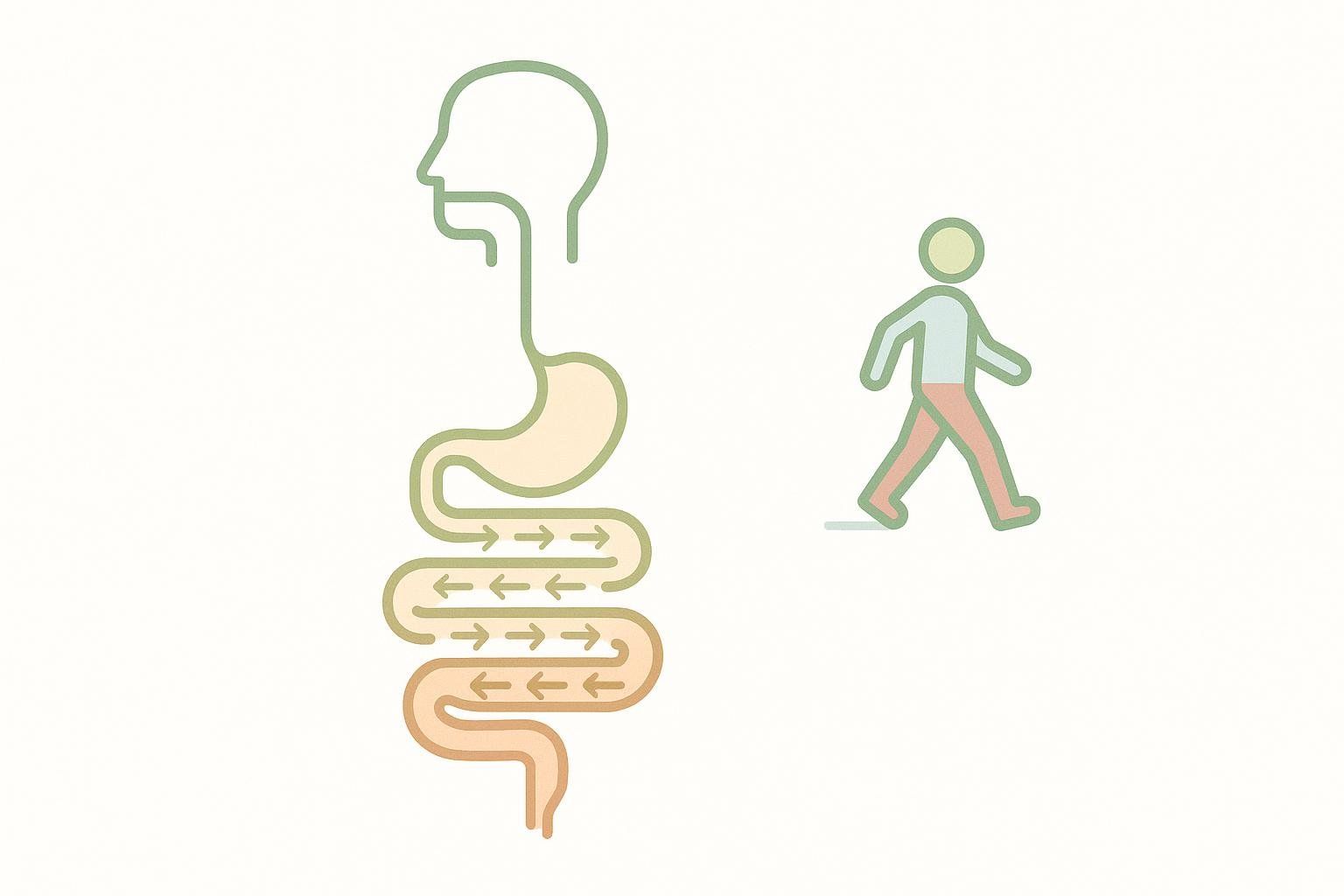
How Soon & How Long Should You Walk After Eating?
The sweet spot depends on meal size, health goals, and schedule. Here’s what research suggests:
| Walk Start Time | Minimum Duration | Key Benefit | Ideal For |
|---|---|---|---|
| Immediately–10 min post-meal | 2–5 min | Blunts initial glucose spike | Busy schedules, office workers |
| Within 10 min | 10 min | Improves glucose + digestion | Everyday maintenance |
| Within 30 min | 30 min brisk | Maximizes insulin sensitivity, extra calorie burn | Weight management & cardio boost |
Bottom line: If all you can spare is a 2-minute lap around your kitchen island, do it. But aim for 10 minutes or more whenever possible.
“A 30-minute brisk walk after varied-carb meals significantly reduced peak glucose in healthy adults.” (Nutrients, 2022)
Evidence-Based Benefits
1. Better Blood Sugar Control
- Two-minute walks cut post-meal glucose by up to 30 mg/dL in both healthy and diabetic groups (NCBI News).
- Regular post-prandial walks improve long-term insulin sensitivity, a major lever for preventing type 2 diabetes.
2. Faster Digestion & Less Bloating
Light movement stimulates peristalsis—the rhythmic squeezing of your intestines—which can alleviate fullness and reduce heartburn (Journal of Gastrointestinal & Liver Diseases).
3. Weight Management & Extra Calorie Burn
A 10-minute post-meal walk burns roughly 35 calories for a 155-pound adult walking at 3.5 mph (Harvard Health Publishing). Performed consistently after meals, this added activity can contribute to a meaningful calorie deficit over time.

4. Cardiovascular & Mood Perks
Regular walks contribute to overall cardiovascular health and mood. One small study linked post-meal movement to a 6–7% reduction in resting systolic blood pressure the following day (British Journal of Nutrition). Additionally, endorphin release from light exercise is known to enhance alertness and mood (Harvard Health Publishing).

Personalized Recommendations
Busy Professionals

- Routine: 5–10 min lap around the block or building right after lunch.
- Hack: Schedule walking meetings or phone calls to multitask.
- Why it works: Maintains steady energy for afternoon productivity.
Individuals With Type 2 Diabetes
- Routine: 10–15 min gentle walk starting within 10 minutes of finishing each meal.
- Precautions: Test glucose before and after—aim for 100 mg/dL+ pre-walk to avoid hypoglycemia. For more strategies, read our guide on training safely with diabetes.
Older Adults or Joint-Sensitive Walkers

- Routine: 10 min at leisurely pace or indoor mall walking to avoid uneven terrain.
- Tip: Use trekking poles or a treadmill handrail if balance is an issue.
5 Ready-Made Post-Meal Walk Routines
| Routine | Duration | Intensity | Ideal Setting |
|---|---|---|---|
| Coffee-Break Loop | 2 min | Easy | During work breaks |
| Block-Around | 5 min | Easy-moderate | Office environments |
| Digest & Dial | 10 min | Moderate | Catch-up phone calls |
| Sunset Stroll | 20 min | Moderate | Family or friend time |
| Power-Walk 30 | 30 min | Brisk (15–20 min/mile) | Cardio & weight-loss focus |
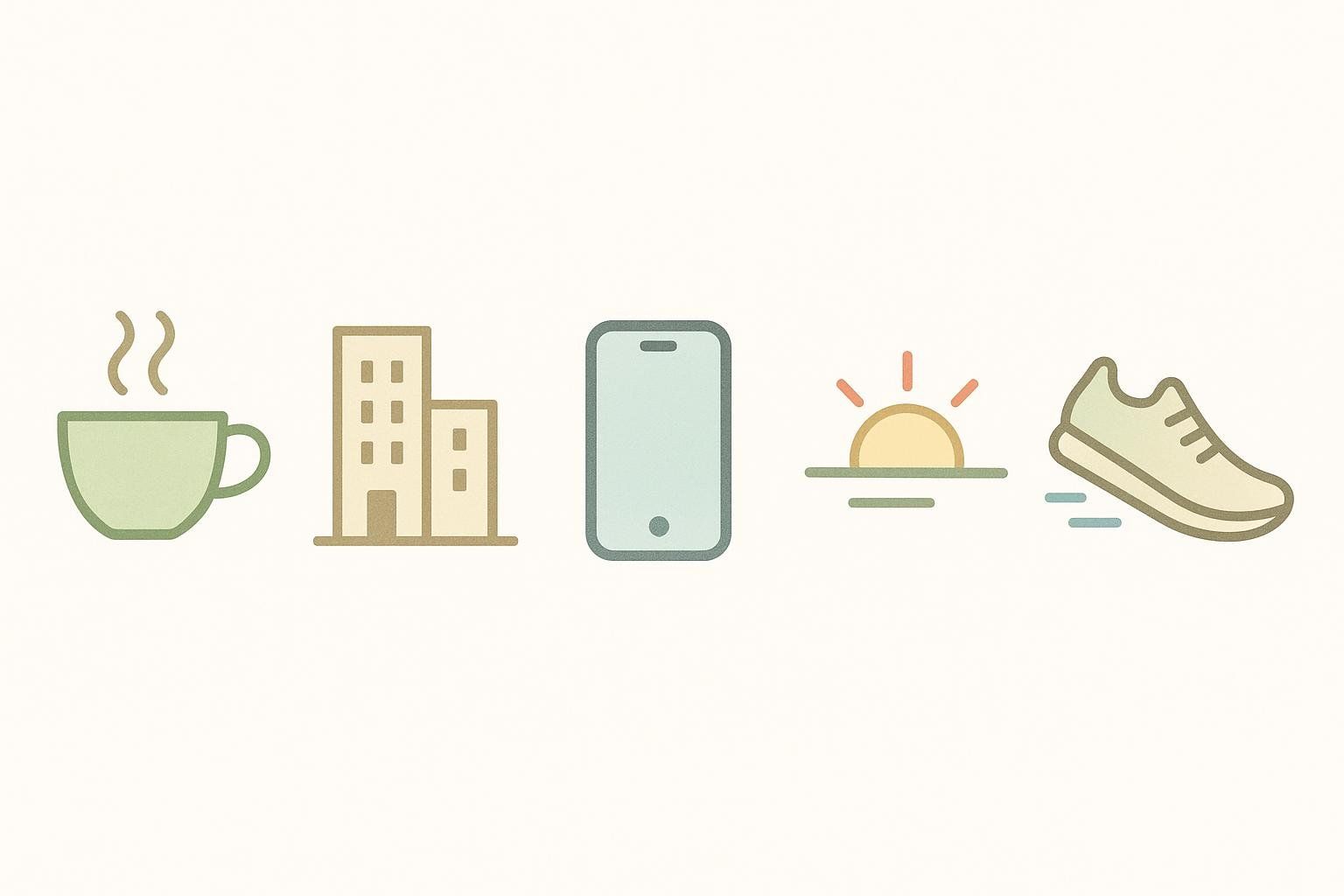
Mix and match based on meal size and schedule. Consistency trumps perfection.
Practical Tips & Safety Precautions
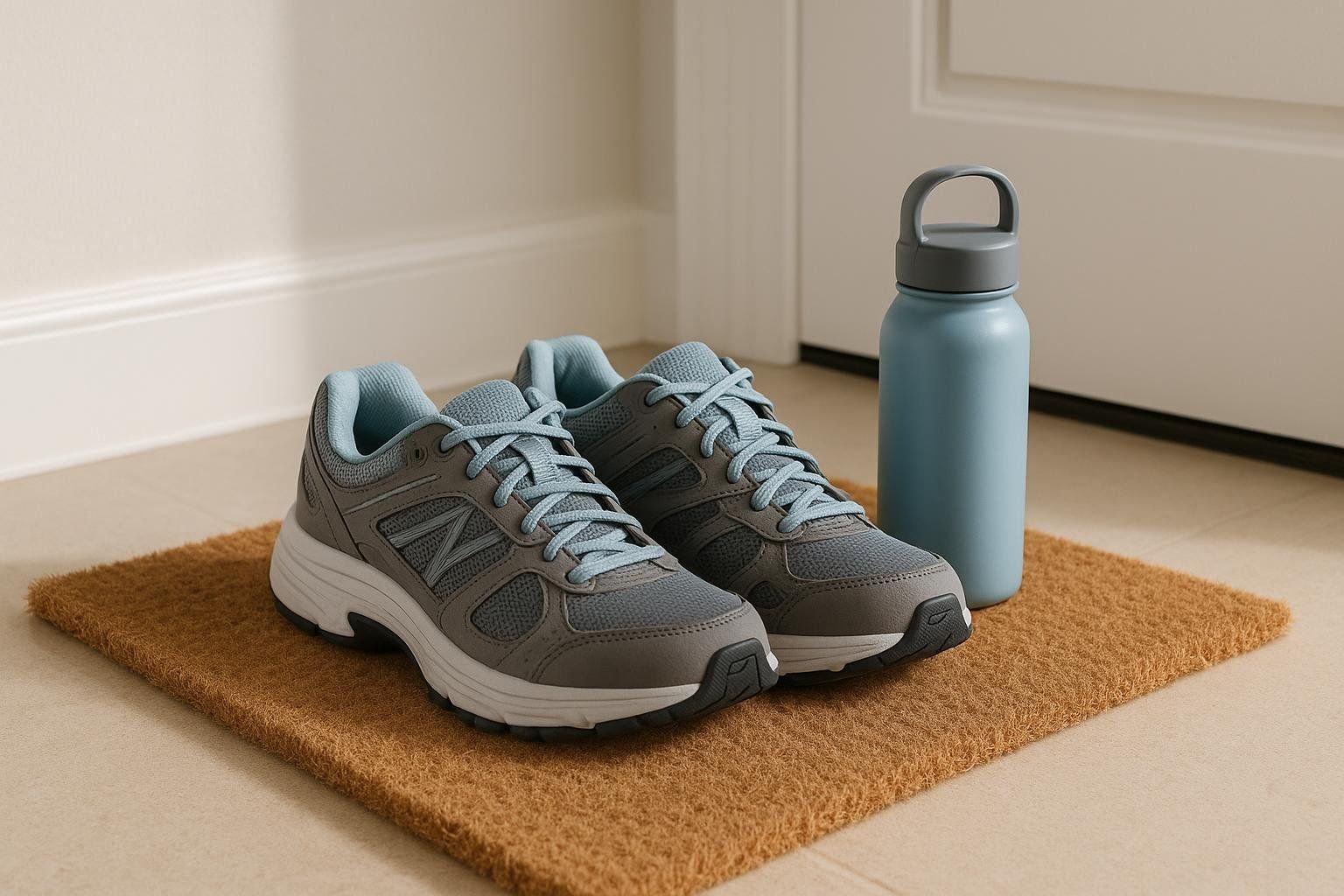
- Choose supportive, comfortable shoes over slippers.
- Route planning: Select a well-lit, obstacle-free path. Indoor hallways or a treadmill work when weather’s bad.
- Hydration: Sip water; dehydration can hinder digestion.
- Watch for hypoglycemia: If you’re on insulin or sulfonylureas, carry fast carbs (juice, glucose tabs).
- Monitor your body’s signals: Skip or shorten the walk if you feel lightheaded, nauseated, or experience severe reflux.
Frequently Asked Questions
How soon after eating can I walk without getting cramps?
Light activity right away is usually safe; cramps are more likely with intense runs. Start slow and gradually build pace.
Is walking after dinner good for acid reflux?
Yes—upright posture and gentle movement reduce stomach pressure, easing reflux in many people.
Does walking replace my regular workout?
No. Think of it as a metabolic boost that complements structured cardio and strength sessions. For training ideas, see our guide to steady-state cardio.
What if it’s raining or snowing?
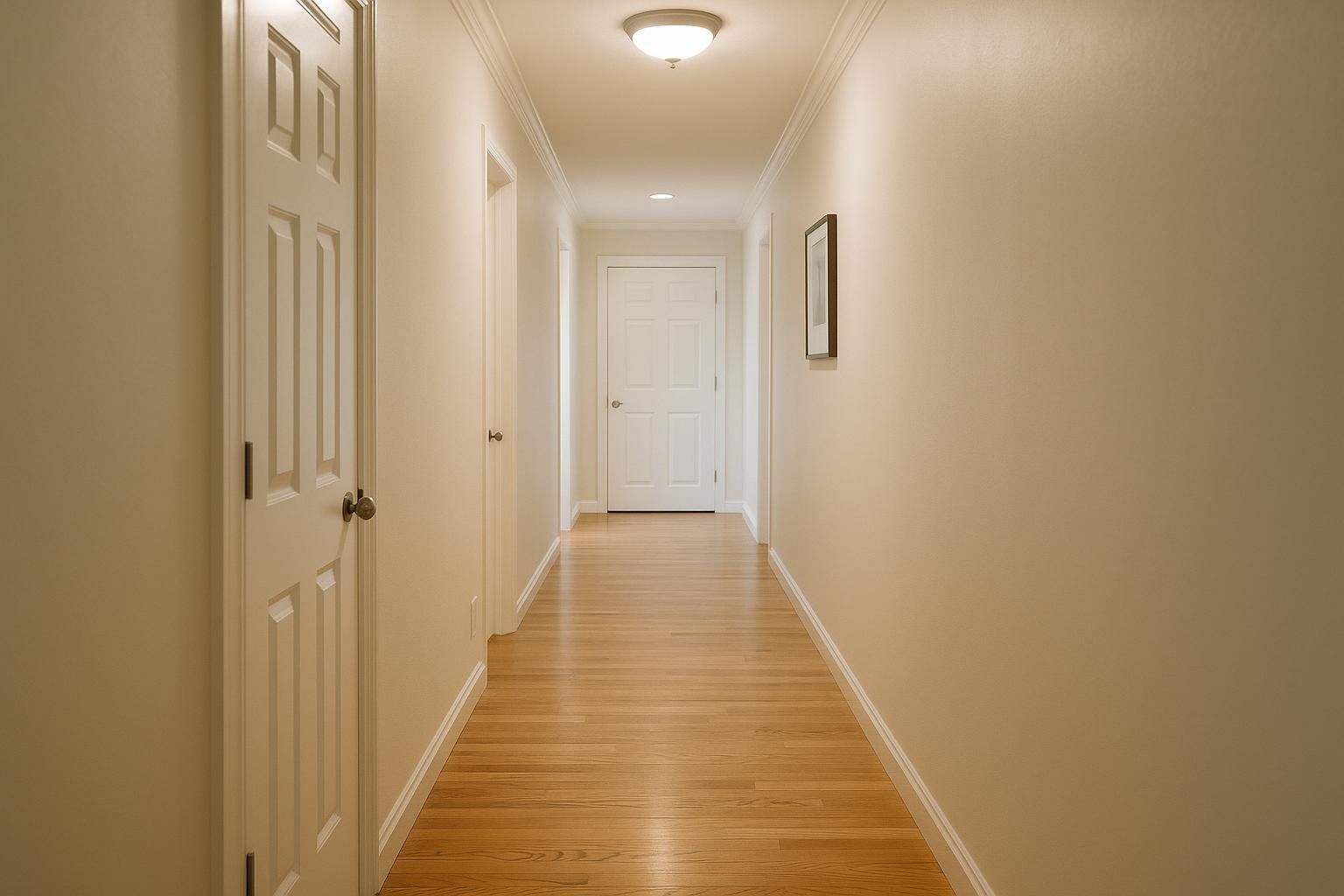
Stroll around your home, climb stairs, or hop on a treadmill. Any movement counts.
Can children or pregnant people walk after meals?
Typically yes, but consult a healthcare provider for individualized advice.
The Bottom Line & Next Steps
A few minutes of light walking after each meal can measurably improve blood sugar control, aid digestion, and support healthy body composition. To precisely measure how this habit impacts your body, a DEXA scan can quantify changes in body fat, lean mass, and bone health.
